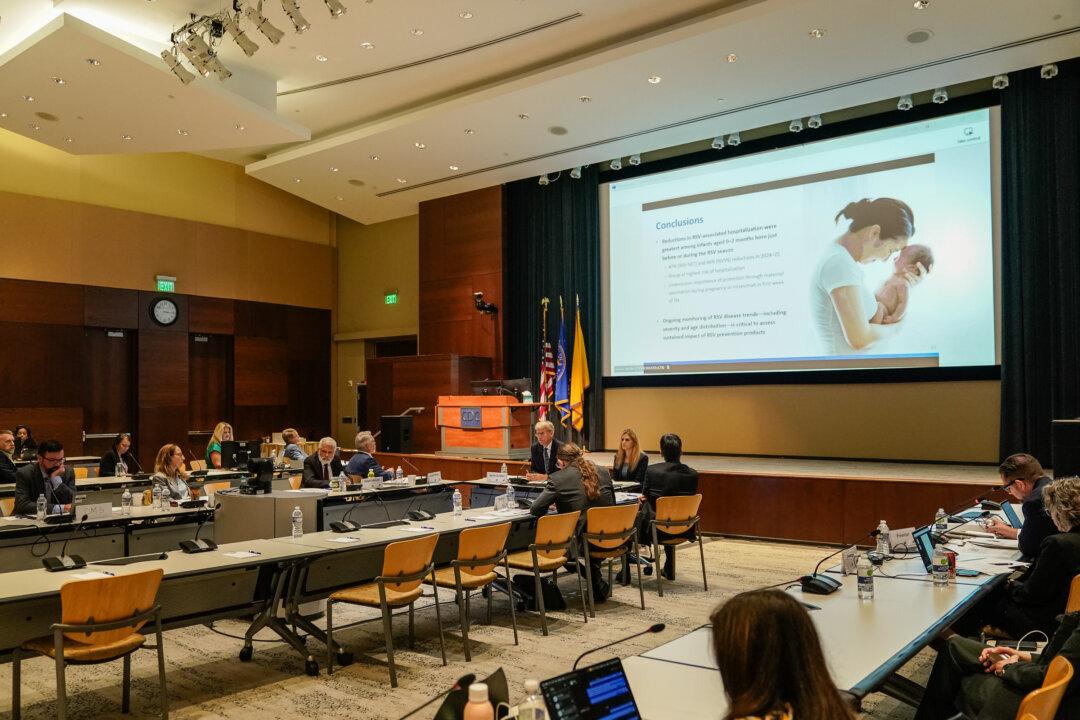Symptoms of a mysterious new condition appearing in children in Europe and North America include extended fever, shock, and diarrhea, the World Health Organization (WHO) says.
The WHO describes the syndrome as a “multisystem inflammatory disorder,” and some scientists believe the new condition is linked to COVID-19.





